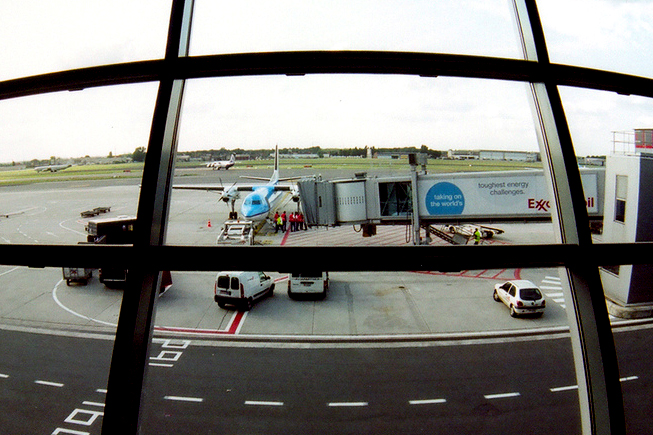The European Geostationary Navigation Overlay Service (EGNOS) has released its new Service Definition Document (SDD) v3.6 for the Safety of Life (SoL) service for aviation. The new document outlines and describes several changes designed to improve the precision, reliability, and safety of EGNOS satellite navigation-based operations.
These changes include, for example, the introduction of new commitment maps that visually represent the regions where EGNOS is pledged to delivering a specific level of service performance. The new maps help aviation users in particular gain a clearer view of where they can expect the highest levels of accuracy and reliability.
SDD v3.6 also describes new improvements in EGNOS architecture, encompassing both space and ground segments. For the space segment, the document presents the latest technical information on the geostationary (GEO) satellites that deliver EGNOS services. In the ground segment, the RIMS (Ranging Integrity Monitoring Station) network has been expanded to include a new site in Kuusamo, Finland. The addition of this station, in the far northern reaches of Europe, extends coverage and heightens the robustness of SoL service in this remote and challenging environment.
New system and service features
The new SDD also includes a detailed analysis of the impact of ionospheric activity during Solar Cycle 25, which began in December 2019 and is expected to peak around 2025. This period of extreme solar activity poses numerous challenges to satellite navigation. SDD v3.6 offers insights into how EGNOS continues to safeguard reliable performance, even under these adverse ionospheric conditions.
While the SoL service supports a wide range of transport domains, where degradation of navigation system performance without notice would endanger lives, its primary objective has been to support the civil aviation sector, where it covers localizer performance with vertical guidance (LPV) procedures. The service is also fully compliant with requirements concerning aviation approach with vertical guidance (APV-I), as defined in the International Civil Aviation Organization (ICAO) standards and recommended practices for satellite-based augmentation systems (SBAS).
In a recent communication, Jean-Marc Piéplu, Head of the EGNOS Exploitation Department at the European Union Agency for the Space Program (EUSPA), said the new EGNOS updates ensure the system will remain a cornerstone of air transport safety, playing a vital role in modern aviation operations, providing users with the precision and reliability they need in an increasingly complex operational environment.






